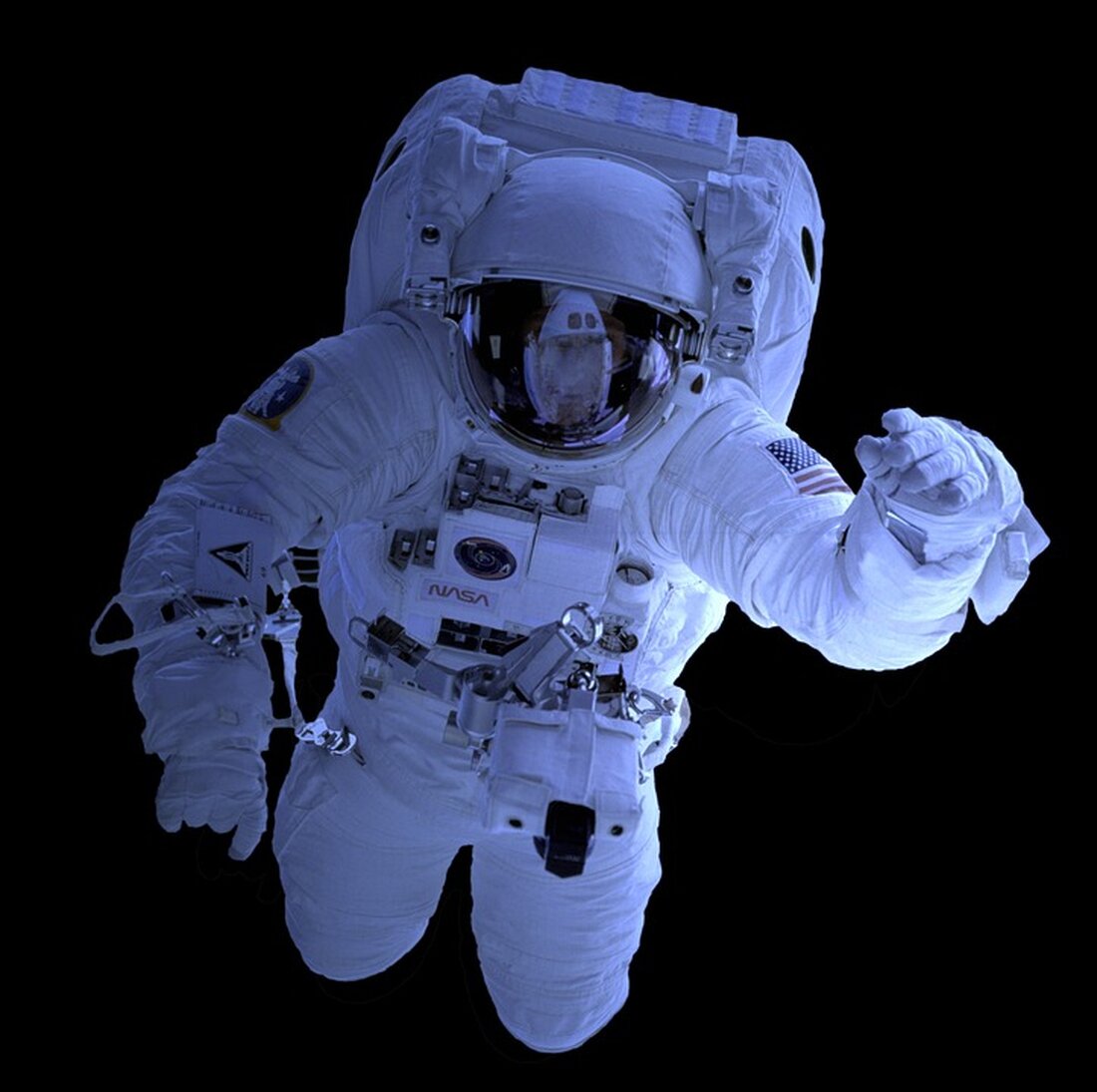Four astronauts start to the ISS, while NASA examines leak problems
Four astronauts start to the ISS, while NASA examines leak problems
A private astronaut mission recently revealed a new, potentially dangerous problem most frequently visited by humanity in space. The Axiom Space Mission 4, also known as AX-4, abolished from NASA Kennedy Space Center in Florida on Wednesday at 2:32 a.m. (MEZ) after a longer delay due to tests related to LECKS on the International space station (ISS) had come.
leak in the international space station
For years, air has slowly escaped from a module controlled by Russia, which is normally isolated from the rest of the space station. However, the operators of the ward recently found that the creeping, steady leak had stopped, which raised new concerns. It is possible that efforts to seal cracks in the outer wall of the module were successful, and the repairs now hold back the air as intended. According to NASA, however, engineers fear that the module may keep a stable pressure because a new leak may have arisen on an inner wall that leads to air from the rest of the orbital laboratory to flow into the damaged area.
concern about air loss
The operators of the space station are concerned that the entire station begins to lose air. Much of this problem remains unclear. NASA gave in a June known that the start of the private AX 4 mission, which is carried out by SpaceX and Houston-based company Axiom Space, should be delayed while the operators of the station tried to locate the problem.
studies and cooperation with Roscosmos
"By changing the pressure in the connection tunnel and slow monitoring, the teams will evaluate the condition of the connection tunnel and the door seals," the explanation said. However, more than a week later, the results of these investigations are not completely clear. After the announcement of the new start date on Monday evening, NASA explained in a statement on Tuesday that she worked with representatives of Roscosmos to examine the problem. The space agencies agreed to reduce the pressure in the connecting tunnel, and "the teams will continue to evaluate this," said the statement.
years full of leaks
The leaks that were first identified in 2019 are located in a tunnel that connects a Russian module called Zvezda with a docking that takes up space with freight and supplies. The cracks are tiny and mostly invisible to the mere eye, which makes it difficult to repair the problem areas. The Situation gained urgency when the leak rate reached its highest level last year. It became clear that the technical teams in the USA and Russia had different opinions in relation to the causes of the problem, as Bob Cabana, chairman of the NASA ISS advisory committee, explained at a meeting in November.
axiom spaces historical adventure
While NASA and Roscosmos tried to clarify the problem, the four crew members who are now participating in AX-4 were in Florida's quarantine for about a month while waiting for their start. The private mission includes the former NASA astronaut Peggy Whitson, who is now working for Axiom Space, as well as three newcomers to space that are the first from their respective countries to visit the space: Shubhanshu Shucla from India, Sławosz Uznański-Wiśniewski from Poland and Tibor Kapu from Hungary. The group is expected to spend about two weeks in space and carry out around 60 scientific experiments before returning home.
operation of the space station
It is still unclear whether and how the leaky connection tunnel of the Zvezda module could influence the more comprehensive operations on the space station. While privately financed missions to the space station such as AX-4 are rather rare, NASA and Roscosmos regularly send rotating teams from astronauts and cosmonauts to fill the station. Crew-11, the 12th rotation, which SpaceX carries out on behalf of NASA, is expected to start in July. This crew consists of the NASA astronauts Zena Cardman and Mike Fincke, the astronaut of the Japanese space agency Kimiya Yui and the Roscosmos-Kosmonauten Oleg Platonov. They should spend about six months in space, which is typical of personnel missions.
Register for the Wonder Theory-Science Newsletter from CNN and Explore the universe about fascinating discoveries, scientific Progress and more .


Kommentare (0)